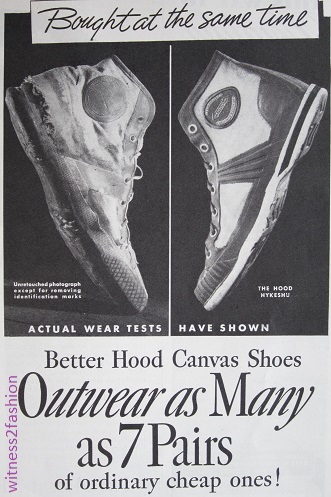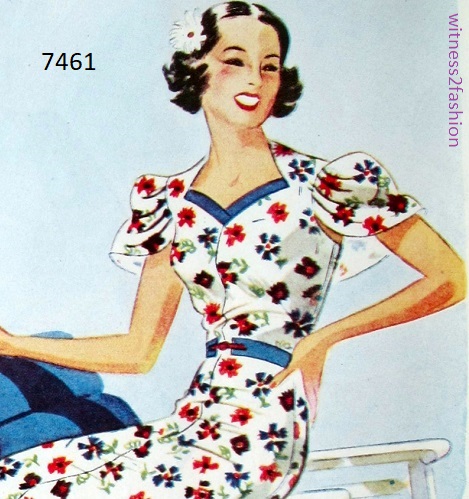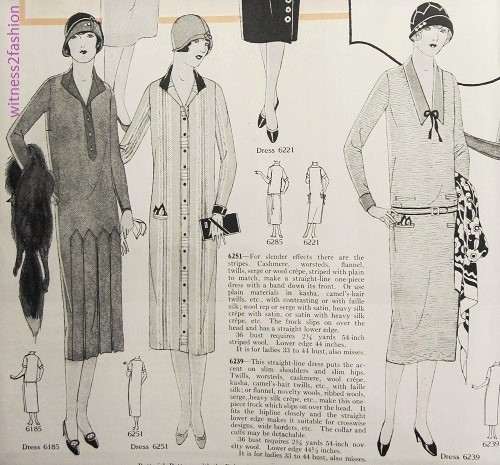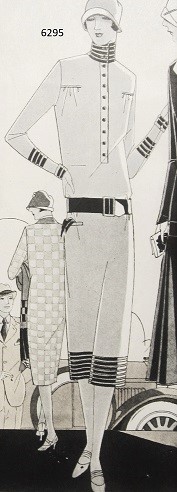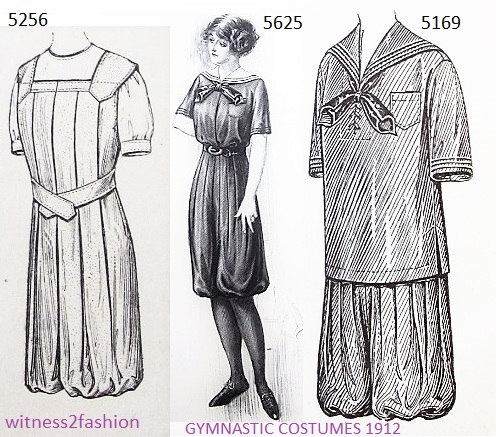
Collage art by my friend Karen.
I have not been posting nearly as often as I used to — not because I’m losing interest, or because of quarantine, but because I’m having trouble with my hands. I love this collage that Karen sent me — the vintage athletic gear, the “bird-brained” woman, and especially the boxing gloves. She is undefeated by those clumsy gloves, so she’s a role model for me. I don’t have carpal tunnel problems, I have severe osteo-arthritis. I am currently wearing a brace on both hands!

What I’m wearing: A hand and wrist brace, a cane, and my new microphone headset. I need to learn to talk to my computer.
I “got old” very suddenly in the past year. The arthritis in my knees, which was not a real problem before, went from “living with it” to “severe.” For the first time, I need a cane to walk, and stairs are very difficult, which made it nearly impossible to take public transportation to the Main Library, even while it was still open. I have notebooks full of Delineator pages I want to photograph, but, by October, I could no longer spend hours standing near the window and photographing them in natural light. I have plenty of images I took before, still waiting to be posted and enjoyed; and for a few months I was able to sit in the recliner or at the kitchen table and work on them. I’m currently on track for a knee replacement (COVID permitting,) but the greatest impact on my life has been the fact that using a cane in my right hand triggered arthritis there, too. Right-clicking the mouse (which I do hundreds of times while preparing and resizing images for this blog) has to be limited.
My friend Sharon lives in the Napa valley wine country, where one tourist attraction was a train that served gourmet meals and wines while traveling past the vineyards. Whenever we exchange letters about our problems and annoyances, she says we are “taking a ride on the Whine Train.”
I’m a very fortunate person, with the freedom to read and write and research whatever takes my fancy, so I don’t want to ride the Whine Train today. Let’s just say I want to explain why I haven’t been posting regularly, and to say I will learn how to work around these inconveniences.
I need to learn to use dictation to write posts, (see the microphone image above) and I’ll need to be disciplined about the number of images I use. I used to format a collection of images with a common theme and write the post “around” them. I always found more images than I expected, so my posts were always longer than recommended. Being forced to be more selective may improve the blog quite a lot! (I’ve always said, “Writing is easy. Editing is hard!”)
Thank you to all my readers and commenters: I learn so much from you, and you are always kind. Please bear with me as I figure out some new strategies, and if I accidentally dictate a few swear words — apologies in advance.
Meanwhile: I highly recommend a visit to A la Recherche des Modes Perdues. Her most recent post covers some French fashion magazines from the years 1895 to 1899, with many wonderful illustrations. I copied the link after turning on the English translation; if the post comes up in French, you should have a translation option at the top of your screen. This was a period of very rapid fashion change, from the extreme “leg of mutton” sleeves of 1895 to the softer, flowing Art Nouveau styles of the turn of the century. Notice the lily or trumpet-vine skirts of 1898. Bathing suits 1895 to 1899 are included. You’ll find a change from the usual English-language blog images in this fashion history blog!






